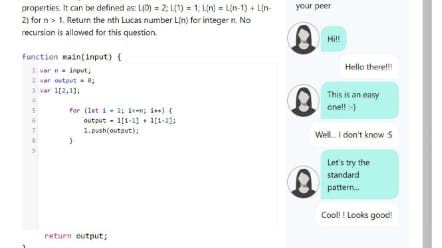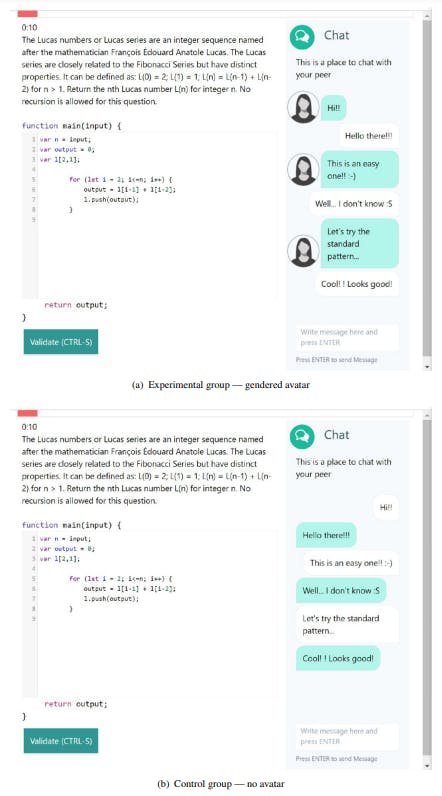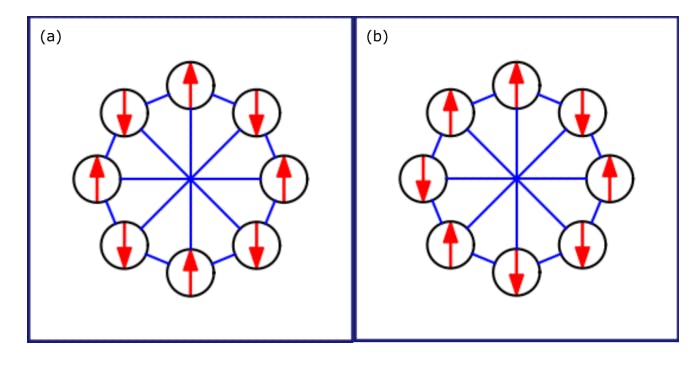Table of Links
Abstract and 1 Introduction
1.1 The twincode platform
1.2 Pilot Studies
1.3 Other Gender Identities and 1.4 Structure of the Paper
2 Related Work
3 Original Study (Seville Dec, 2021) and 3.1 Participants
3.2 Experiment Execution
3.3 Factors (Independent Variables)
3.4 Response Variables (Dependent Variables)
3.5 Confounding Variables
3.6 Data Analysis
4 First Replication (Berkeley May, 2022)
4.1 Participants
4.2 Experiment Execution
4.3 Data Analysis
5 Discussion and Threats to Validity and 5.1 Operationalization of the Cause Construct — Treatment
5.2 Operationalization of the Effect Construct — Metrics
5.3 Sampling the Population — Participants
6 Conclusions and Future Work
6.1 Replication in Different Cultural Background
6.2 Using Chatbots as Partners and AI-based Utterance Coding
Datasets, Compliance with Ethical Standards, Acknowledgements, and References
A. Questionnaire #1 and #2 response items
B. Evolution of the twincode User Interface
C. User Interface of tag-a-chat
1.1 The twincode platform
To support our study, we have developed the twincode remote pair programming platform [18], which manages (i) the registration of students collecting demographic data; (ii) the random allocation into experimental and control groups balancing gender proportions, i.e. trying to have the same number of persons of the same gender in both groups; (iii) the random allocation into experimental-control pairs; (iv) the random assignment of programming exercises to individual subjects and pairs; (v) the swapping of gendered avatars between pair programming exercises for those subjects in the experimental group; and (vi) the automatic collection of interaction metrics and chat utterances.
As shown in Figure 1, twincode offers a source code editor where the students concurrently develop the solution to a proposed programing exercise in Javascript and can validate it against several test cases. Note that, to foster communication, only one partner can validate the source code at the same time and see validation results, which should be communicated to the other partner using the chat window, where they are instructed to collaborate to solve the proposed exercises. Note also that a gendered avatar is displayed only for the student in the experimental group (see Figure 1(a)) but not for the one in the control group (see Figure 1(b)).
Experimenters can use twincode to create new experimental sessions where they can configure, among other aspects, the type, number, and duration of the programming exercises, and the instructional messages shown to the students. If needed, they can also develop new programming exercises and their corresponding test cases.
The twincode platform is in permanent evolution, and several improvements were incorporated for satisfying some emerging requirements during our study, such as allowing the use of Python as an alternative programming language to Javascript for the programing exercises, changing the images used as gendered avatars (see Figure 9), and improving the user interface with instructions and a gendered message in the chat window (see Figure 16(a) and 16(b) in Appendix B).
As a companion tool to twincode, we have also developed tag-a-chat, a tool that help experimenters code chat utterances using different sets of tags, as shown in Figure 17 in Appendix B. To assist experimenters during the training stage of the coding, tag-a-chat automatically computes metrics such as Cohen’s kappa (for two coders) and Fleiss’s kappa (for three or more coders) in those dialogs that are being coded by several experimenters to achieve inter-coder reliability assessment [42, 55] [2].
1.2 Pilot Studies
After presenting a very initial approach to our study [2], and to get early feedback on (i) the comprehensibility and internal consistency of the scales used in the questionnaires; (ii) the usability and performance of the twincode platform; and (iii), the applicability of the chat utterance coding based on the one proposed by [44] and shown in Table 1, two pilot studies with a limited number of students were carried out at the University of Seville and University of California, Berkeley (UC Berkeley) during the 2020–21 academic year.
As a result, the questionnaires were reorganized into three scales that were assessed for internal consistency (see Appendix A), the initial set of chat utterance codes was augmented with formality codes, and the performance and reliability of the twincode platform was improved.
1.3 Other Gender Identities
While we recognize that many Software Engineering students may not identify as either men or women, our initial exploration focuses primarily on interactions between students who identify as one of these. The potential biases in interactions involving gender-fluid, gender-nonconforming, and nonbinary students is a complex topic deserving its own subsequent study.
1.4 Structure of the Paper
The rest of the paper is organized as follows. Section 2 reviews related work, although to our knowledge, this is the first study specifically focusing on the impact of gender bias within pairs in pair programming. Sections 3 and 4 describe the original study carried out at the University of Seville (December 2021) and its first external replication performed at UC Berkeley (May 2022) respectively. Section 5 discusses the two studies and the threats to their experimental validity. Finally, Section 6 draws conclusions and proposes future work.
Authors:
(1) Amador Duran, I3US Institute, Universidad de Sevilla, Sevilla, Spain and SCORE Lab, Universidad de Sevilla, Sevilla, Spain ([email protected]);
(2) Pablo Fernandez, I3US Institute, Universidad de Sevilla, Sevilla, Spain and SCORE Lab, Universidad de Sevilla, Sevilla, Spain ([email protected]);
(3) Beatriz Bernardez, I3US Institute, Universidad de Sevilla, Sevilla, Spain and SCORE Lab, Universidad de Sevilla, Sevilla, Spain ([email protected]);
(4) Nathaniel Weinman, Computer Science Division, University of California, Berkeley, Berkeley, USA ([email protected]);
(5) Aslıhan Akalın, Computer Science Division, University of California, Berkeley, Berkeley, USA ([email protected]);
(6) Armando Fox, Computer Science Division, University of California, Berkeley, Berkeley, USA ([email protected]).
[2] Although commercial qualitative analysis tools such as MAXQDA (https://www.maxqda.com) or Atlas.ti (https:// atlasti.com) are available, we decided to develop tag-a-chat because they are not specifically designed for coding chat utterances, the support for inter-coder reliability metrics is limited, and we prefer to be able to expand its functionality to our future needs and let other researchers use it free of charge.



![Table 1 Chat utterance tags by [44] augmented with orthogonal informal/formal tags](https://hackernoon.imgix.net/images/fWZa4tUiBGemnqQfBGgCPf9594N2-bk93380.png?auto=format&fit=max&w=1920)









